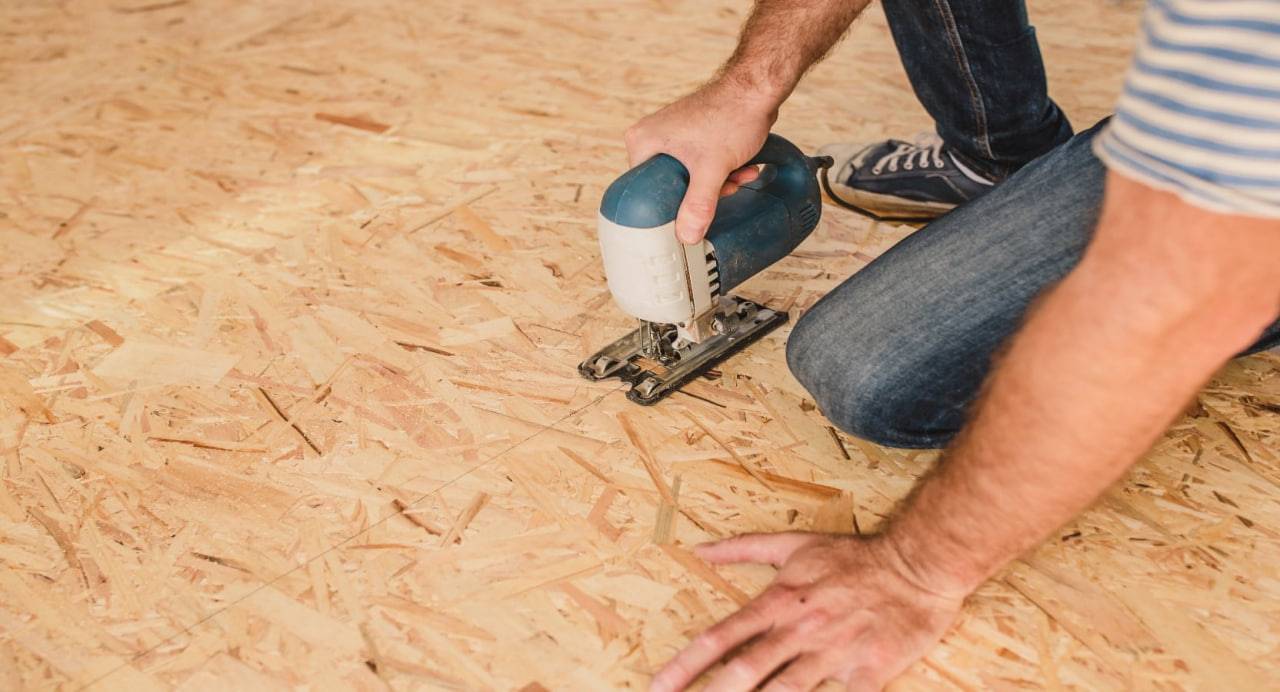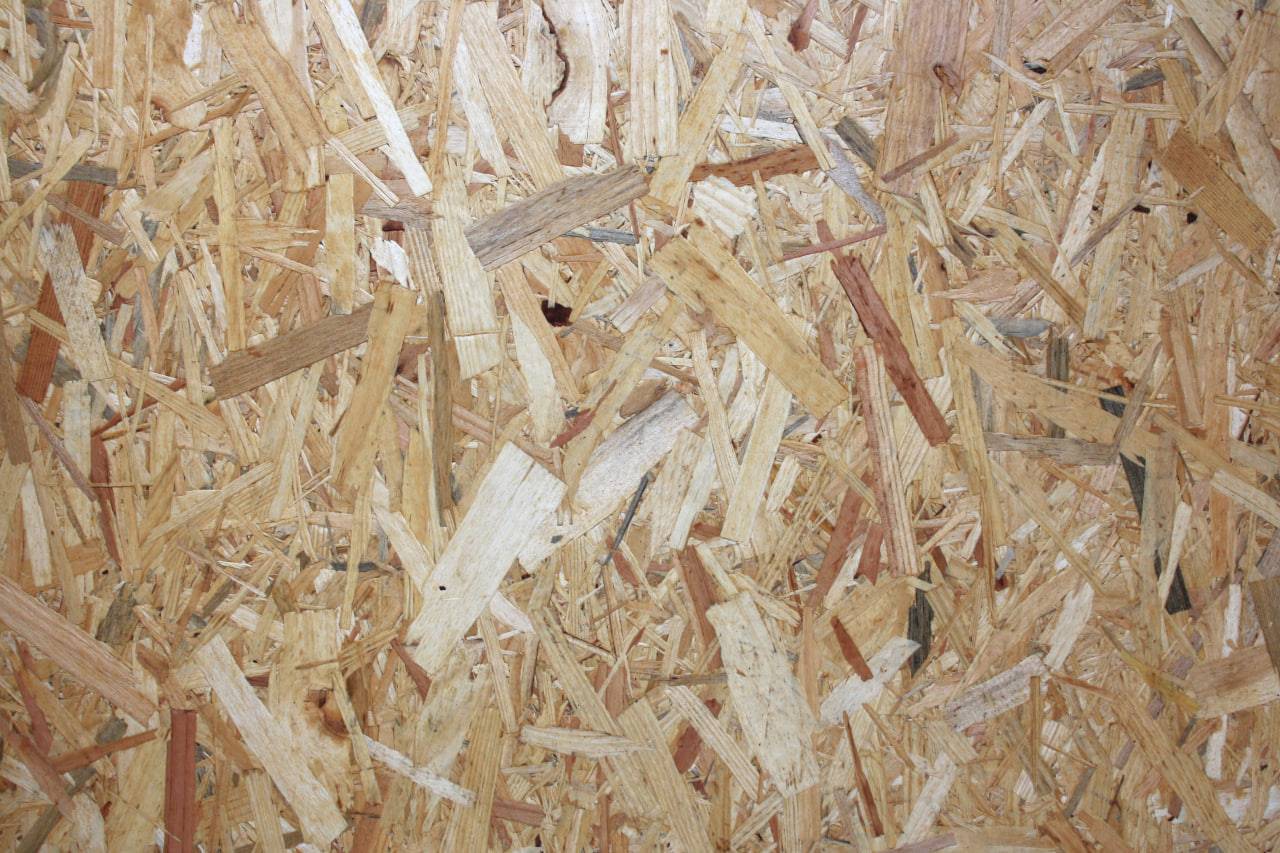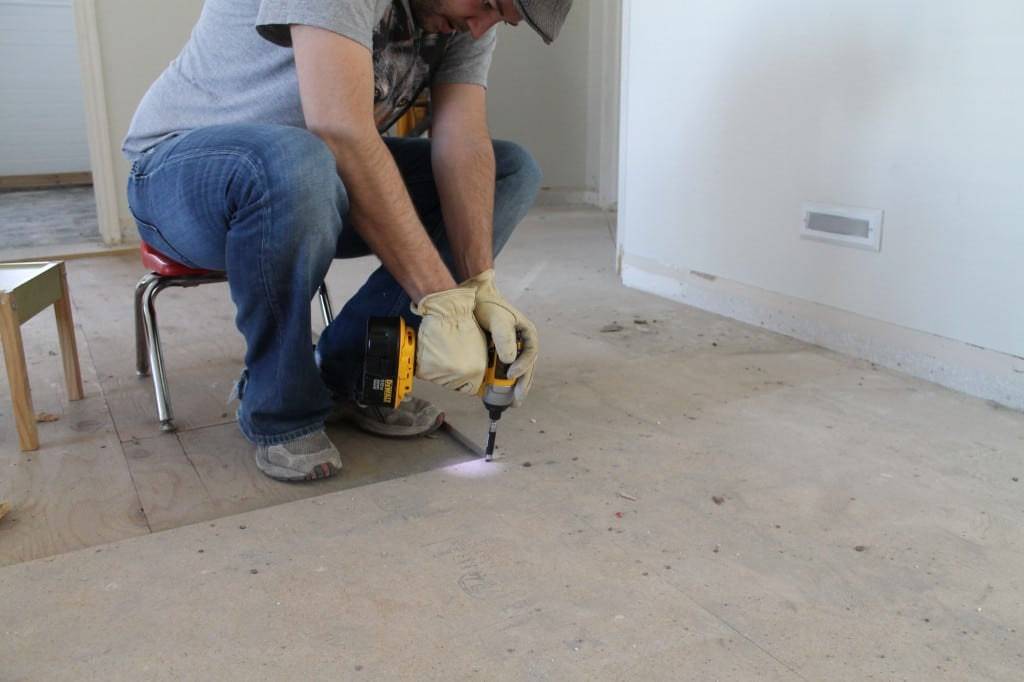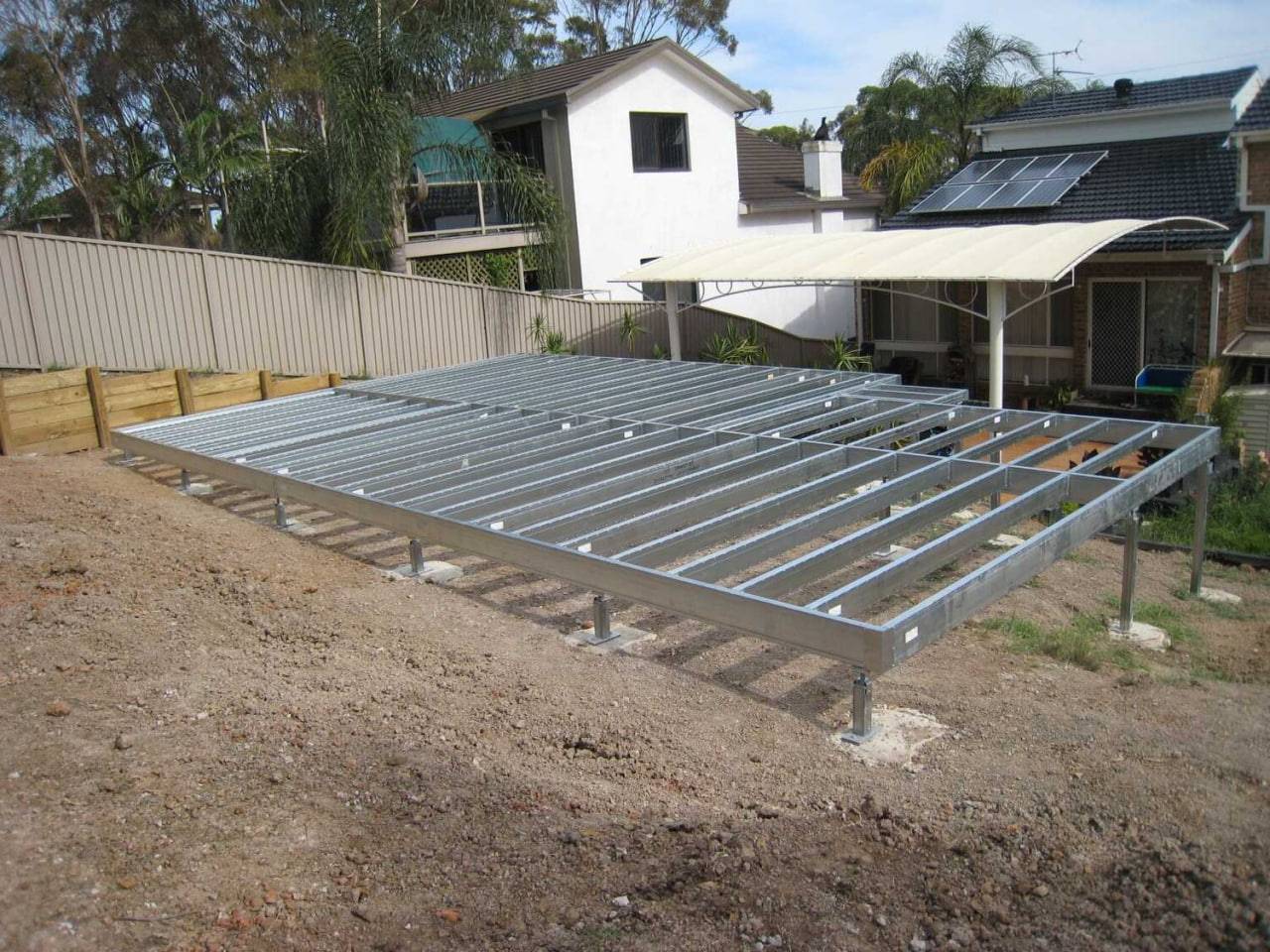Ever walked on a beautiful floor and wondered what lies beneath? It’s not magic (although it might feel like it)! It’s a subfloor, the hidden hero providing support and stability.
This guide cuts through the jargon to answer your basic questions:
- What is a subfloor and why is it important?
- What are the different types of subfloors?
- How does it affect my finished flooring?
- What should I consider when choosing a subfloor?
- Any tips for installation?
Get ready to become a subfloor pro and ensure your new floors are amazing from the ground up! Let’s dive in!
What is a subfloor and why is it important?
A subfloor is the unsung hero of your home, the hidden layer beneath your beautiful tile, hardwood, or carpet. While you rarely see it, the subfloor plays a crucial role in both the functionality and longevity of your finished floor.
Here’s what makes it so important:
- Strength and Stability: The subfloor acts as the foundation for your entire floor system. It distributes weight evenly, preventing sagging, squeaks, and uneven surfaces. Imagine walking on a wobbly floor—not ideal!
- Moisture Control: A properly sealed subfloor helps protect against moisture damage, which can warp or rot the subfloor and even damage your finished flooring. Moisture problems are costly and inconvenient, so a good subfloor is key!
- Smoothness: A level and smooth subfloor provides a perfect canvas for your chosen flooring material. This ensures a seamless installation and a flawless final finish.
- Additional Benefits: Depending on the material and installation, subfloors can offer benefits like soundproofing, insulation, and improved energy efficiency. These perks add value and comfort to your living space.
In short, a good subfloor is an investment in the overall performance and lifespan of your floors. Just like a strong foundation makes a sturdy house, a strong subfloor makes for beautiful and long-lasting floors!
What are the different types of subfloors?
There are several types of subfloors, each with its own advantages and disadvantages. The best choice for you will depend on your specific needs and budget. Here are the most common ones:
Plywood
The most popular option, known for its strength, affordability, and ease of installation. It’s made of glued wood veneers, offering good stability and resistance to moisture. Ideal for most types of finished flooring.
Oriented Strand Board (OSB)
Similar to plywood but more cost-effective, made from wood strands and resin. Not as strong as plywood but suitable for budget-friendly projects and areas with less moisture exposure.
Concrete Slab
Extremely durable and long-lasting, offering excellent soundproofing and fire resistance. Ideal for basements, garages, and high-traffic areas. However, installation is more complex and costly.
Radiant Heat Subfloor
Designed with channels for hot water pipes, offering the comfort of radiant heat. Perfect for cold climates but requires professional installation and adds to the project cost.
Engineered Wood Panels
Newer options like Lumber Lock offer increased moisture resistance and dimensional stability compared to traditional plywood. Ideal for humid environments or basements.
Particle Board
Less common due to lower moisture resistance compared to other options. May be suitable for temporary projects or low-budget applications.
Steel Frame Subfloors
Used in some commercial and industrial buildings, offering high strength and fire resistance. Not commonly used in residential construction due to higher cost and complexity.
Choosing the right subfloor depends on factors like:
- Finished flooring type: Some materials like hardwood require a stiffer subfloor than carpet.
- Moisture exposure: Basements and bathrooms need moisture-resistant options.
- Budget: Plywood and OSB are generally more affordable than concrete or radiant heat systems.
- Soundproofing needs: Concrete and specialized subfloors offer better sound dampening.
How does it affect my finished flooring?
Your subfloor plays a major role in the aesthetic, functionality, and longevity of your finished flooring in several ways:
Appearance:
- Levelness: An uneven subfloor will translate to an uneven finished floor, leading to an unappealing and potentially uncomfortable walking experience.
- Smoothness: Imperfections or bumps in the subfloor can telegraph through to the finished floor, affecting its visual smoothness and texture.
- Sound: Gaps or creaks in the subfloor can be transmitted to the finished floor, creating unwanted noise and reducing its overall feel.
Performance:
- Squeaks and movement: A weak or improperly installed subfloor can lead to creaking, bouncing, or movement in the finished floor, reducing stability and comfort.
- Moisture issues: A subfloor susceptible to moisture damage can warp, rot, or swell, causing problems like buckling or lifting in your finished floor.
- Durability: A strong and secure subfloor provides a solid foundation, contributing to the lifespan and wear resistance of your finished flooring.
Compatibility:
- Material suitability: Different finished flooring materials require specific subfloor properties. For example, hardwood needs a stable and moisture-resistant subfloor, while carpet might perform well on a less rigid option.
- Adhesive compatibility: The type of subfloor can impact the choice of adhesive used for installing the finished floor, ensuring proper bonding and performance.
Here are some specific examples of how subfloor issues can affect different types of finished flooring:
- Hardwood: Unevenness or warping in the subfloor can cause gaps between planks, leading to cracking and instability. Moisture issues can cause cupping or crowning of the hardwood.
- Tile: Unevenness can make tile installation difficult and lead to uneven grout lines. Cracks or movement in the subfloor can crack the tile.
- Laminate: Squeaks or flexing in the subfloor can telegraph through to the laminate, creating noise and reducing its perceived quality. Moisture damage can cause warping or delamination of the laminate planks.
What should I consider when choosing a subfloor?
Selecting the right subfloor is crucial for the success of your flooring project. Here are some key factors to consider:
1. Finished Flooring Type:
- Material & Requirements: Different flooring materials have specific compatibility needs. Hardwood requires a stiffer, moisture-resistant subfloor compared to carpet. Research your chosen flooring’s needs to ensure the subfloor provides proper support and stability.
- Installation Method: Consider how the finished flooring will be installed. Glue-down applications may require a smoother subfloor than click-lock systems.
2. Subfloor Properties:
- Strength & Stability: Evaluate the weight and foot traffic anticipated in the space. Opt for a stronger subfloor like plywood or concrete for high-traffic areas or heavy flooring like tile.
- Moisture Resistance: Basements, bathrooms, and laundry rooms require moisture-resistant subfloors like treated plywood, concrete, or specialized options like engineered wood panels.
- Soundproofing: If sound control is a priority, consider concrete, radiant heat subfloors, or soundproof underlayment materials.
3. Project & Budget:
- Complexity & Cost: Installation complexity varies with subfloor type. Concrete requires professional expertise, while plywood is DIY-friendly. Factor in professional costs if needed.
- Material Cost: Plywood and OSB are generally more affordable, while concrete or radiant heat systems are costlier. Choose based on your budget and project priorities.
4. Additional Considerations:
- Environmental Impact: Consider sustainably sourced or recycled materials for the subfloor where possible.
- Future Renovations: If future flooring changes are likely, choose a versatile subfloor compatible with various materials.
- Professional Advice: Consulting a contractor or flooring specialist can provide valuable guidance based on your specific project details and ensure the best choice for your needs.
Summary
Your subfloor, the hidden hero beneath your beautiful floors, plays a crucial role in their success. This guide delves into its importance, different types, and how it impacts various finished flooring materials. We explore factors to consider when choosing a subfloor, installation tips for a smooth process, and even pro techniques for added benefits. By understanding your subfloor and making informed choices, you’ll create a foundation for stunning and long-lasting floors you’ll love!
Subfloor FAQs
1. What’s the difference between plywood and OSB for subfloors?
Both are popular options, but plywood is generally stronger and more moisture-resistant due to its layered construction. OSB is more affordable but might not be suitable for high-moisture areas or heavy flooring.
2. Can I install a new floor directly on the old subfloor?
Sometimes, if the old subfloor is in good condition, level, and compatible with your new flooring. However, always assess the old subfloor for damage, moisture issues, and suitability before proceeding. Consulting a professional is recommended for guidance.
3. Do I need a moisture barrier under the subfloor?
It depends on your subfloor type and location. Basements and crawl spaces often require a moisture barrier, while concrete slabs in dry areas might not. Research your specific case and follow building codes and manufacturer recommendations.
4. How thick should my subfloor be?
Thickness depends on the spacing of your floor joists and the type of finished flooring you’re installing. Consult a professional or refer to building code requirements for your specific scenario.
5. What tools do I need for subfloor installation?
Basic tools like a circular saw, drill, hammer, level, and tape measure are common. Depending on your chosen subfloor and additional elements (like underlayment), you might need specialized tools. Check the installation instructions for details.
6. Is it hard to install a subfloor myself?
While doable for DIY enthusiasts, subfloor installation requires precision and proper technique. If you’re unsure about your skills or the complexity of your project, consider consulting a professional contractor for optimal results.







